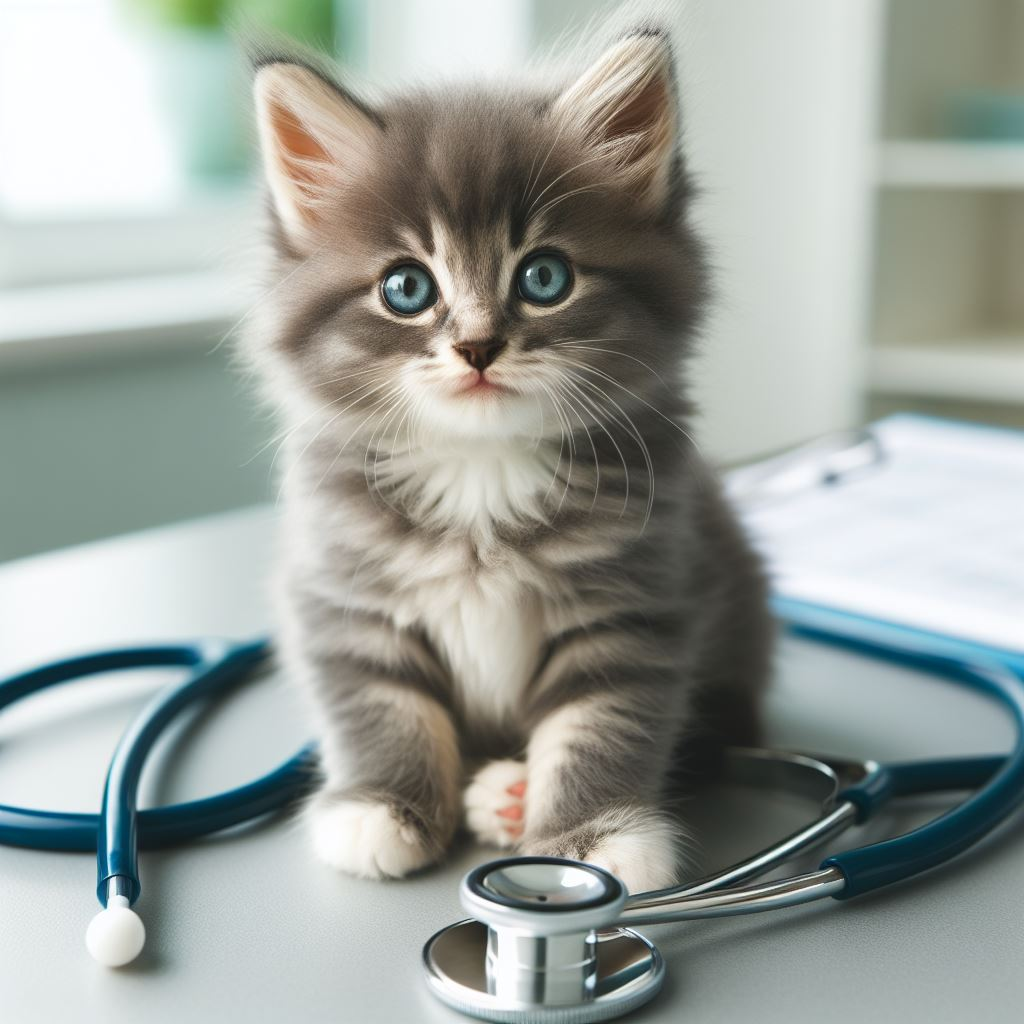
Do kittens shed?
“Help, my kitten is shedding like crazy! Is this normal?”
Don’t panic, friend. Excessive kitten shedding can certainly look alarming, with fur flying everywhere, but it’s usually completely normal. Kittens are born with a fluffy, soft baby coat that they eventually shed and replace with sleek adult fur around 6 months old. But every fur baby is unique, so shedding timelines can vary.
“Let me tell you when my little tabby Luna hit 5 months, I swear it was like living in a perpetual fur tornado,” says Sarah R., cat mom of two. “I was finding orange fuzz in my coffee, tangled in my socks, even stuck to my eyelashes! But regular brushing helped a ton to keep it under control.”
Understanding Moult Madness: The Kitten Hair Growth Cycle
Kittens experience intense shedding episodes as they mature because their hair follicles undergo an intricate cycle of growth (anagen), regression (catagen), rest (telogen), and shedding (exogen). This is why you may notice seasons of heavy shedding interspersed with periods of relative calm.
“Longer daylight exposure in spring and summer causes surges in shedding as winter coats fall out,” explains vet Dr. Lily Chen. “This seasonal coat ‘blowout’ can seem quite dramatic, but it’s all part of the natural cycle.”
Managing the Furpocalypse: Tips to Reduce Kitten Shedding

While you can’t eliminate shedding completely, you can reduce its impact through attentive grooming and care:
- Invest in quality grooming tools suited for your kitten’s unique coat type and length.
- Brush frequently, even daily, during peak moult seasons.
- Bathe monthly to loosen dead hairs so they shed externally vs. internally.
- Vacuum vigilantly to keep your home fur-free.
- Supplement their diet with oils for skin and coat health.
“I used to fight a losing battle against Luna’s orange fur on my black pants,” laughs Sarah. “But since I started brushing her daily, tumbleweed fur drifts are a thing of the past. Now we even use molt time for bonus cuddle sessions!”
When Shedding Signals Something Sinister
While it’s typically harmless, increased shedding can occasionally indicate an underlying issue like stress, allergies, or skin conditions. Noticeable hair loss, bald spots, or excessive scratching warrants a vet visit.
“If Polly’s shedding seems abnormal for her usual patterns, I recommend noting down any recent changes to her diet or environment,” advises Dr. Chen. “This context helps us identify potential triggers to address.”
The Impact of Age, Breed, and Health on Shedding
Senior cats often shed more as hormone changes affect coat growth cycles. Breeds like Ragdolls and Persians have naturally denser coats requiring extra grooming attention.
Medical causes range from treatable conditions like ringworm to chronic issues like endocrine disorders. That’s why it’s critical to consult your vet if your kitten has any signs of excessive shedding, hair loss, or skin irritation.
Shedding vs. Hairballs: Preventing and Managing Hacks
All that loose fur gets groomed and, unfortunately, swallowed too. This fur then forms unpleasant hairballs as it passes through the kitty’s digestive tract.
“I recommend brushing at least weekly, providing enzymatic hairball treats, or adding pumpkin puree to their meals to ease digestion and passage of hairballs,” says Dr. Chen.
The Psychological Impact of Shedding on Cats
Stress from environmental changes or anxiety can trigger shedding episodes, indicating wider psychological unrest.
“My newly adopted tabby Callie overgroomed due to separation stress until she lost partial fur on her belly and legs,” shares Amanda T., founder of Adopt Don’t Shop Rescue. “I worked closely with our behaviorist to identify her stressors and introduce relaxation techniques like Feliway diffusers. Her coat fully grew back once her stress reduced.”
If you suspect anxiety may be causing your kitten’s shedding woes, consult both medical and behavior experts to uncover the root cause.
Tips for Managing Shedding Around Your Home
While you can’t eliminate shedding, you can reduce its visibility through some handy home hacks:
- Vacuum frequently using rubber grooming gloves to attract stray fur.
- Throw a linen cover over your couch to protect the fabric.
- Use sticky lint rollers on clothing and textiles.
- Choose dark-colored fabrics that hide fur better.
“My partners jokingly call me the ‘Cat Hair Wizard’ for my shed management skills!” laughs cat dad Tim G. “But really, it just takes some consistency. I lint roll the couch before guests come and vacuum twice a week to stay ahead of the game.”
In Conclusion, Embracing the Fur
While managing kitten shedding requires some diligence, it’s a normal part of caring for these endearing furballs. With the right tools, techniques and some humor about fur-covered clothing, you can handle even the fluffiest kitten’s moult seasons in stride.
The key is focusing on your kitten’s health and happiness first and dealing with the shed second. Because at the end of the day, a happy, healthy cat – fur flies and all – makes everything worthwhile.


Leave a Reply